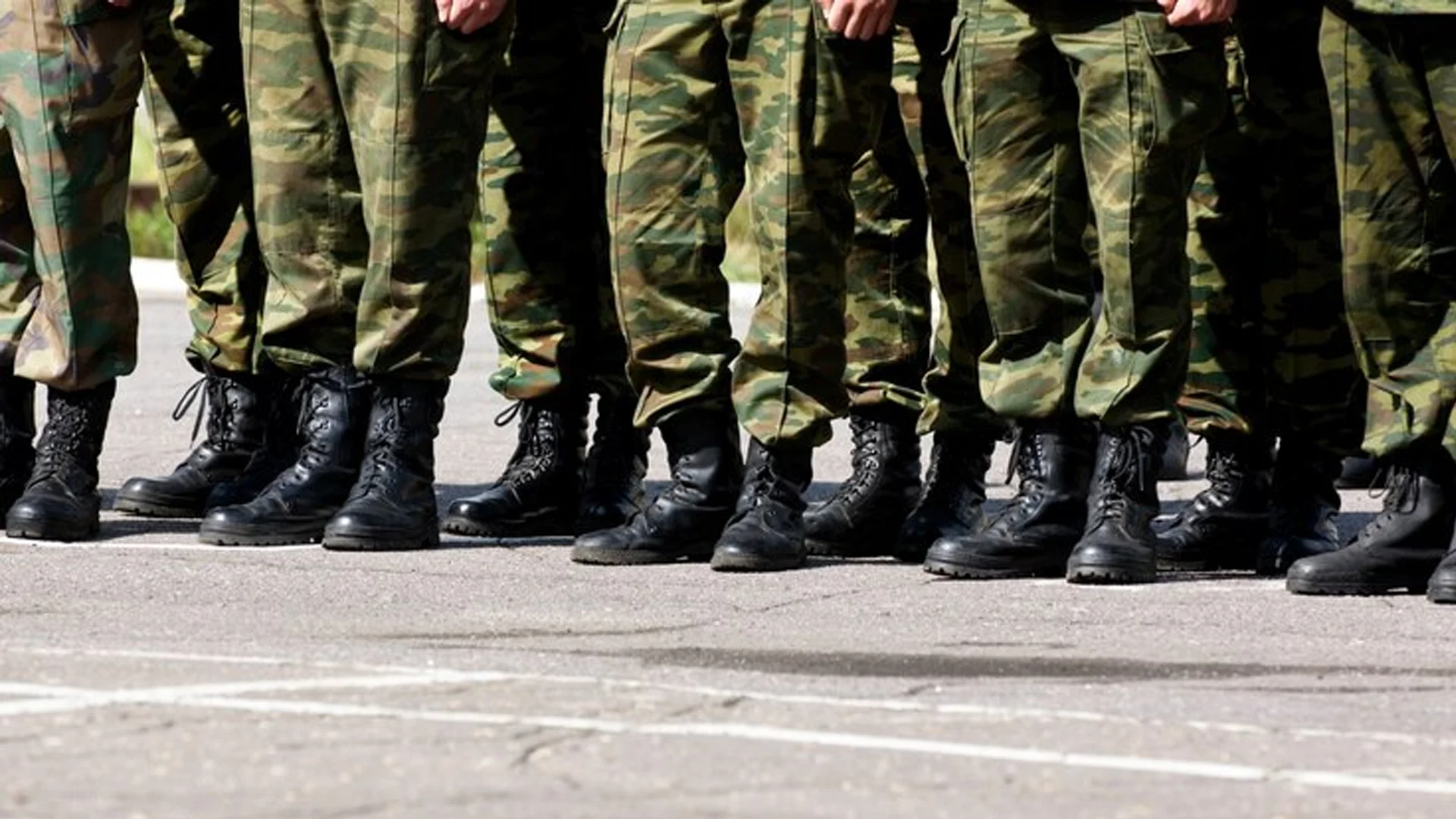The Carlist Brigades played a pivotal role in some of the most significant conflicts in Spanish history, particularly during the Carlist Wars (1833-1876) and the Spanish Civil War (1936-1939). Their formation, ideological motivations, military strategies, and enduring legacy have made them a subject of interest for historians and military enthusiasts alike. This article explores the history, legacy, and impact of the Carlist Brigades, shedding light on their role in shaping Spain’s turbulent past.
TRENDING
Industrial Machinery Presses: Boost Efficiency And Precision
What Were The Carlist Brigades?
Origins of the Carlist Movement
The Carlist movement emerged in 1833 following the death of King Ferdinand VII of Spain. His death led to a dispute over the throne, with two factions vying for power: the supporters of his daughter, Isabella II, and the supporters of his brother, Carlos María Isidro de Borbón. The latter faction, which upheld the principles of traditionalism, regionalism, and Catholicism, became known as the Carlists.
The Carlists rejected the liberal reforms introduced by the ruling Isabella II and were primarily composed of rural and conservative segments of Spanish society, particularly in the Basque Country, Navarre, and parts of Catalonia. They formed armed groups or brigades to fight for their cause during the First Carlist War (1833-1839), marking the beginning of their military legacy.
The Carlist Wars: Key Battles and Conflicts
The Carlist Wars were a series of civil wars fought between the Carlists and the supporters of Isabella II, later continuing into the broader conflict between traditionalism and liberalism in Spain. The First Carlist War (1833-1839) was the most significant, marked by a mix of guerrilla warfare and traditional battles. Carlist brigades fought under the banner of Don Carlos, the claimant to the throne, seeking to maintain the old regime and resist the growing influence of liberal ideologies.
Despite initial successes, the Carlists ultimately lost the war in 1839, but they remained active in Spain’s political and military affairs, continuing to wage sporadic campaigns in the Second Carlist War (1846-1849) and even the Third Carlist War (1872-1876), which ended with the final defeat of the Carlist forces.
Structure and Organization of the Carlist Brigades
The Carlist brigades were organized into small but highly motivated units. These brigades were typically led by local aristocrats or military leaders loyal to the Carlist cause. They were not only military formations but also symbols of the Carlist ideology, which blended royalist, Catholic, and regionalist sentiments.
The brigades operated in a decentralized manner, with local commanders often given significant autonomy over their operations. This allowed them to adapt to the irregular warfare tactics required in Spain’s mountainous terrain, particularly in regions such as the Basque Country, where the Carlists had significant support. These units employed guerrilla tactics and fought with high morale, motivated by their religious and ideological convictions.
Carlist Brigades In The Spanish Civil War (1936-1939)
The legacy of the Carlist brigades was not confined to the 19th century. The Carlist movement reemerged during the Spanish Civil War in the 1930s, aligning themselves with the Nationalist faction led by General Francisco Franco. By the time of the Civil War, the Carlists had restructured their movement, forming part of the right-wing forces alongside monarchists, fascists, and conservative elements opposed to the left-wing Republicans.
Carlist Involvement in the Nationalist Army
During the Spanish Civil War, Carlist brigades, also known as “Requetés,” were incorporated into Franco’s Nationalist army, although they retained some degree of independence. These brigades played a crucial role in securing victories for the Nationalists, particularly in the early phases of the war, where they helped to secure key territories such as Navarre and parts of the Basque Country.
Despite their integration into Franco’s army, the Carlists were often at odds with the other factions within the Nationalist coalition, particularly the fascist Falange. This ideological rivalry reflected the broader tensions within the Nationalist camp between traditionalist monarchism and fascist authoritarianism.
Key Contributions and Engagements
The Carlist brigades contributed to several key battles during the Spanish Civil War, including the Battle of Teruel and the Battle of the Ebro. Their high level of discipline, guerrilla warfare tactics, and unwavering commitment to their cause made them effective combatants in the conflict. However, as the war progressed, the Carlists became increasingly marginalized within Franco’s regime, with their influence waning after the Nationalists’ victory in 1939.
The Legacy Of The Carlist Brigades
Political and Social Impact
The Carlist brigades left a lasting impact on Spanish politics and society, particularly in regions like Navarre and the Basque Country, where Carlist sympathies remained strong. The Carlists’ devotion to traditional Catholic values and regional autonomy continued to resonate in Spanish political discourse throughout the 20th century, especially during the Franco era.
Even after the end of the Spanish Civil War, the Carlist movement did not disappear. In fact, it remained active in opposition to Franco’s dictatorship, advocating for the restoration of the Bourbon monarchy and for a return to the old order that the Carlists had fought for during the 19th century. Though the movement was ultimately marginalized, it continued to influence right-wing politics in Spain.
Cultural and Symbolic Legacy
The Carlist brigades are also remembered for their strong symbolic and cultural legacy. Their distinctive red berets, religious fervor, and romanticized image as defenders of Spain’s traditional values have made them a symbol of resistance to modernization and liberalism in Spanish history. The image of the Carlist soldier, fighting for faith, king, and country, remains a powerful icon in Spanish cultural memory.
Moreover, the Carlists’ commitment to defending local traditions and regional identities continues to resonate in modern-day Spain. In some areas, particularly in the Basque Country, the memory of the Carlist brigades is still celebrated by certain groups, although their association with Francoism has complicated this legacy in contemporary political debates.
The Carlist Brigades in Popular Culture
The Carlist brigades have also made their mark in Spanish literature, film, and other forms of popular culture. They have been portrayed in novels, documentaries, and films, often as symbols of a nostalgic and romanticized past. These representations have helped preserve the memory of the Carlist movement and its brigades, even as the political landscape of Spain has evolved dramatically over the decades.
Conclusion
The Carlist Brigades were a significant military and political force in Spain, deeply entwined with the nation’s turbulent history. From their origins in the early 19th century to their role in the Spanish Civil War, the brigades have left a lasting legacy that continues to influence Spanish politics and culture. Though their influence waned after the defeat of Franco’s Nationalists, the Carlists’ commitment to tradition, regionalism, and monarchy remains a part of Spain’s complex historical tapestry. Today, they serve as both a symbol of resistance and a reminder of the deep ideological divides that have shaped Spain’s past.
ALSO READ: Moor Head Adventures: Discover Moorhead’s Best Kept Secrets
FAQs
What is a Carlist Brigade?
A Carlist Brigade refers to the armed groups that fought for the Carlist cause during the Carlist Wars and the Spanish Civil War. They were initially formed to support the claim of Carlos María Isidro to the Spanish throne in the 19th century and later became part of the Nationalist forces during the Spanish Civil War.
How did the Carlist Brigades impact the Spanish Civil War?
The Carlist Brigades, or “Requetés,” were significant in the early phases of the Spanish Civil War. They fought alongside other Nationalist factions, contributing to key victories and defending traditionalist, monarchist, and Catholic values. However, they often faced tension with other right-wing factions like the fascist Falange.
Why did the Carlists fight in the 19th century?
The Carlists fought during the Carlist Wars to support the claim of Don Carlos, brother of King Ferdinand VII, to the Spanish throne. Their ideology was based on traditionalism, regionalism, and Catholicism, opposing the liberal reforms introduced by Queen Isabella II.
Did the Carlist movement survive after the Spanish Civil War?
Yes, the Carlist movement survived after the Spanish Civil War. Though it was marginalized under Franco’s dictatorship, the Carlists continued to advocate for the restoration of the monarchy and the preservation of traditional Spanish values.
How are the Carlist Brigades remembered today?
The Carlist Brigades are remembered through their cultural and symbolic legacy, especially in regions like Navarre and the Basque Country. They are often depicted in Spanish literature and film, and their legacy continues to influence right-wing politics in Spain.











